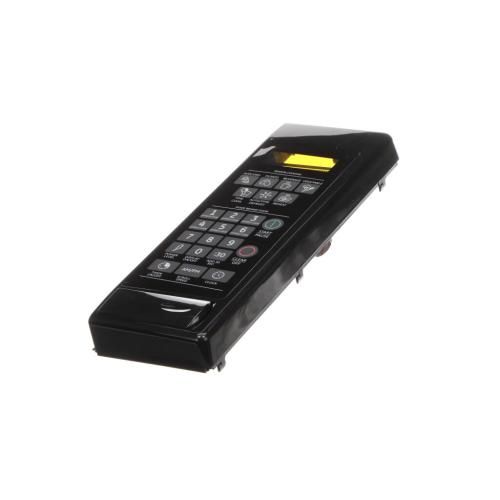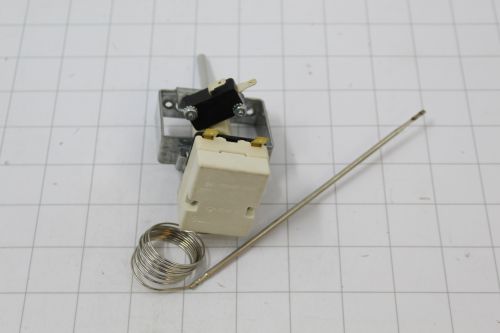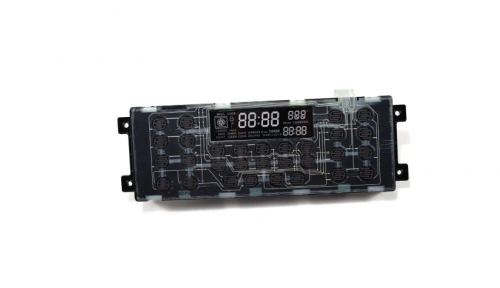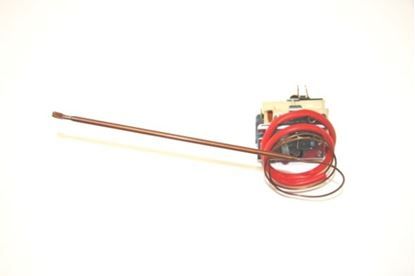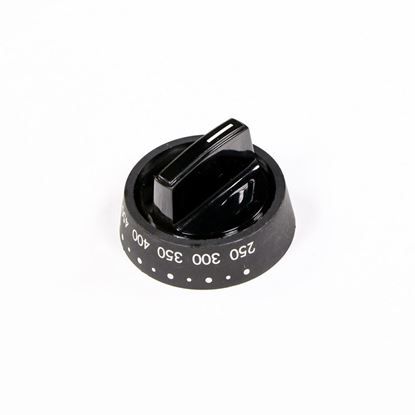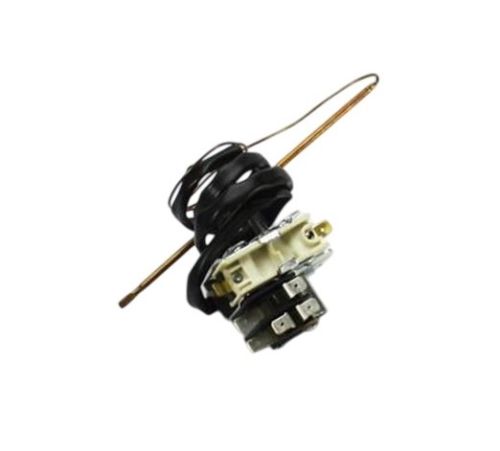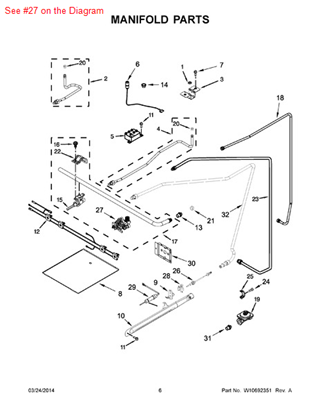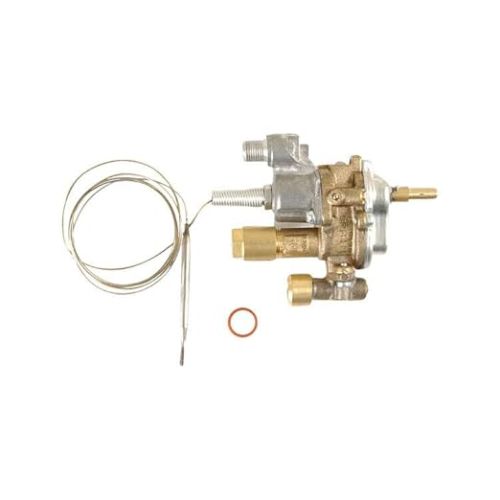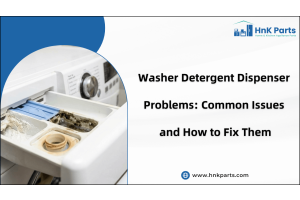
Common Problems with Oven Thermostats and How to Fix Them
The oven thermostat plays a critical role in regulating the temperature inside the oven, ensuring that your meals are cooked evenly and thoroughly. Knowing what oven thermostat problems are can save you both time and money because you can catch the problem before it becomes a big, costly repair. An oven with a bad or malfunctioning thermostat will give you inaccurate temperature readings, producing food that is maybe not cooked enough or too much, inconsistent baking outcomes, or simply not providing you with the most effective oven performance possible. It’s important to fix those issues surrounding a broken thermostat as quickly as possible. Early recognition and rectification of oven thermostat problems can make cooking a better experience, extend the life of your appliance, and ultimately save you money.
WB48X21773
Symptoms of Bad Oven Temperature Sensor
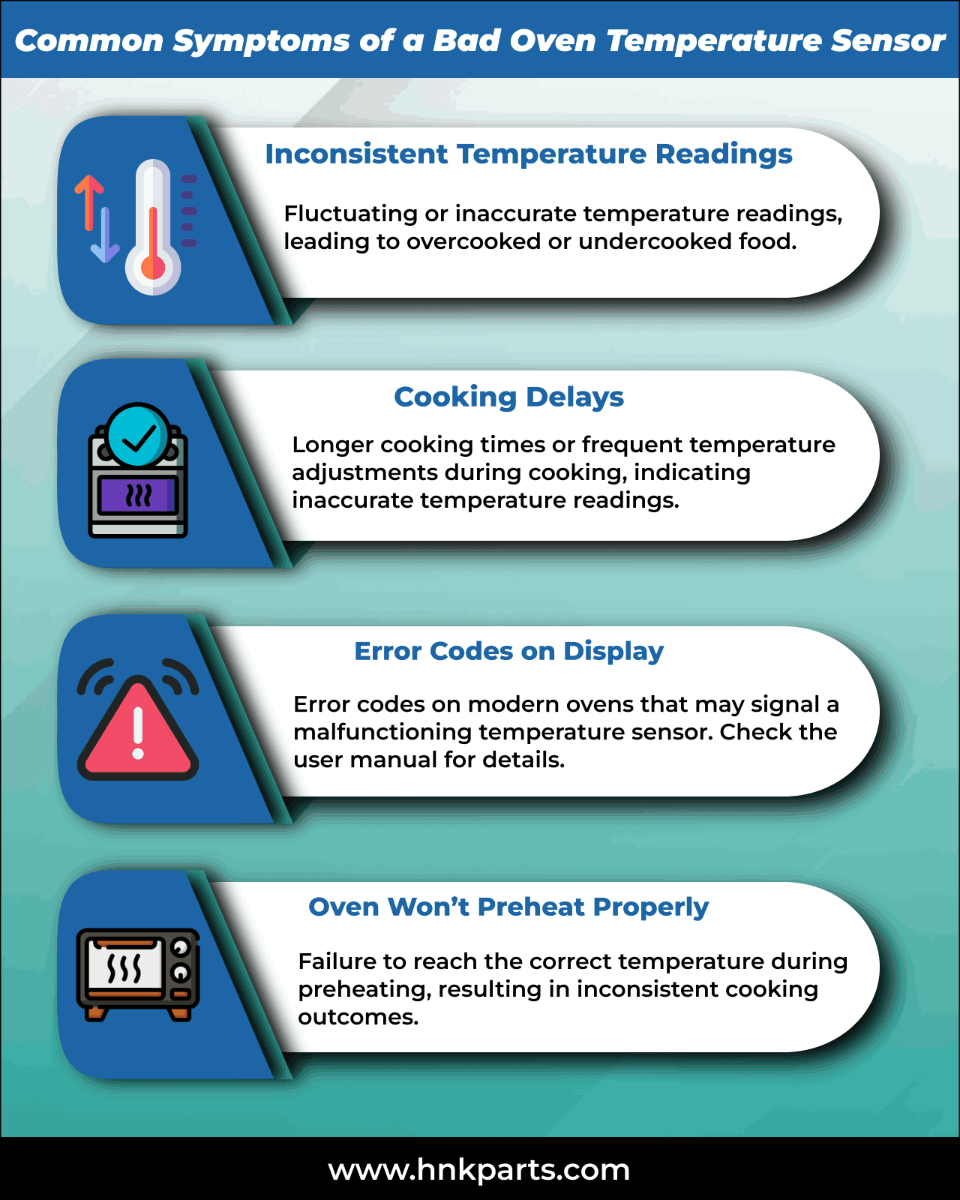
Common Problems with Gas Ovens
1. Gas oven won't maintain temperature:
One of the issues users face is when their gas oven will not maintain temperature. Several factors can be at fault for this problem, namely problems with the gas supply, oven igniter, and thermostat.
To diagnose this problem, start by checking the following:
-
Gas supply: Check that the aired gas supply line is tight and there are no leaks. An inconsistent flow of gas may also prevent it from reaching or maintaining, the desired temperature.
-
Oven igniter: Issues can arise with maintaining consistent heat if the igniter is weak, or starts to fail. Oven on, and check to see if the igniter glows an angry red Also turn on the gas flow. However, if not, you may need to replace the igniter.
-
Faulty thermostat: A gas oven that won't maintain temperature is usually the result of a faulty thermostat.
2. Gas Oven Temperature Fluctuates:
This can be annoying, especially when you are baking, as uneven temperatures can cause your food to cook or bake unevenly. In most cases, a faulty thermostat is the main culprit.
If your thermostat does not work well, it may not give an accurate reading of the oven temperature. This leads to the gas oven temperature fluctuating greatly and the oven cycles on and off too much. To address this issue:
-
Calibration check: Start by making sure that the thermostat needs to be calibrated many models have temperature adjustments.
-
Replacement: If calibration doesn’t fix the problem, you may need to replace the faulty thermostat, so your oven always operates at the correct temperatures.
Discover the simplest way to unlock your oven's full potential with just 6 easy steps
How to Fix a Faulty Oven Thermostat
If your oven thermostat is faulty, your oven won’t cook at consistent temperatures, which will affect how your oven performs. Whether you choose oven thermostat replacement, here’s how you can fix it.
-
Minor issues: An oven thermostat repair may be your choice if your thermostat is just miscalibrated or if there are loose connections.
-
Major defects: If the thermostat is completely broken, whether it’s not turning on at all or giving completely inaccurate readings, an oven thermostat replacement is the best course of action. A faulty thermostat will need to be replaced so the temperature can be accurately controlled and reliable performance will be obtained.
Oven thermostat replacement steps
-
Disconnect power: When you begin any repair, safety first, always disconnect your oven from the power supply. It keeps electrical shock from happening and allows you to handle components safely.
-
Remove the control knob and panel: Remove the control knob of the thermostat. To get to the thermostat depending on your model you may need to remove screws and screws holding the control panel in place.
-
Detach the old thermostat: Find the thermostat attached to your oven carefully. Gently disconnect the wires and remember how/where to reconnect them. Unbolt or unscrew any mounting screws holding the thermostat in place.
-
Install the new thermostat: Slide the new thermostat into place and tighten it down with the screws you just removed. Make sure the wires are sturdy, tight, and well mentally connected according to your notes.
-
Reassemble and test: Now remove the control panel and knob and reattach them. Reinstall the oven power and test the new thermostat by setting the oven to preheat and if it gained the setting temperature accurately.
Understanding Costs for Oven Thermostat Replacement
Understanding the oven thermostat replacement cost and knowing when to call in a pro can go a long way to fixing a busted thermostat.
-
Thermostat cost: The cost of the replacement thermostat itself runs between $30 and $100, depending on the brand and model of the oven.
-
Labor charges: Labor charges can run from $50 to $150 depending on who is providing the assistance and how complicated the job is.
-
Total replacement cost: The cost to replace an oven thermostat tends to range between $80 and $250.
Preventative Measures and Maintenance Tips
Implementing regular maintenance and proactive measures is crucial to ensure your gas oven operates effectively and to avoid oven thermostat problems.
|
Tip |
Details |
|
Regular cleaning |
Clean the oven interior to prevent residue and spills from affecting sensors and components. |
|
Periodic calibration |
Check temperature accuracy with an oven thermometer and adjust as per the manufacturer's guidance. |
|
Inspect components |
Examine heating elements, thermostat, and wiring for damage or wear; address issues promptly. |
|
Minimize door openings |
Avoid frequent door openings to prevent heat loss and maintain stable temperatures. |
|
Use an oven thermometer |
Monitor actual oven temperature to identify deviations and potential thermostat issues. |
Transform your microwave in minutes with these 5 simple cleaning hacks designed to make your life easier
Addressing a faulty thermostat promptly is crucial for maintaining the optimal performance of your oven. Knowing the signs of a faulty thermostat can help you decide whether you need an oven thermostat replacement or whether a simple repair will do. If you are thinking about replacing your oven thermostat, then weigh up the pros and cons of replacing the thermostat against the cost and the age of your appliance. A faulty thermostat can be prevented by regular maintenance, saving you both time and money in the long run. HnKParts is your go-to destination for all your home appliance requirements. Our wide selection of appliance parts features Replacement Parts for Stoves and Ovens, allowing you to fix or enhance your home appliances from leading manufacturers at affordable prices.
FAQs
What happens when the thermostat goes bad?
when the thermostat goes bad, you may encounter erratic heating behavior in your oven. This can manifest as fluctuations in temperature, where the oven alternately gets too hot or too cool, making it challenging to achieve desired cooking results.
How to check if the oven thermostat is not working?
Monitor for undercooked or burnt dishes and test the oven temperature using an oven thermometer to compare the actual temperature to the set temperature.
How can you test if your oven's temperature is accurate?
Preheat the oven to a set temperature (e.g., 350°F) place an oven thermometer inside for 15 minutes, and compare the thermometer's reading to the set temperature.


